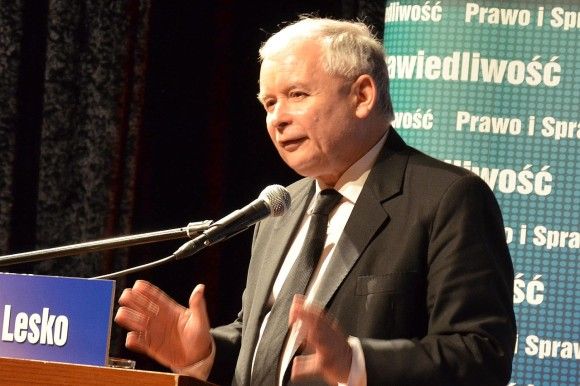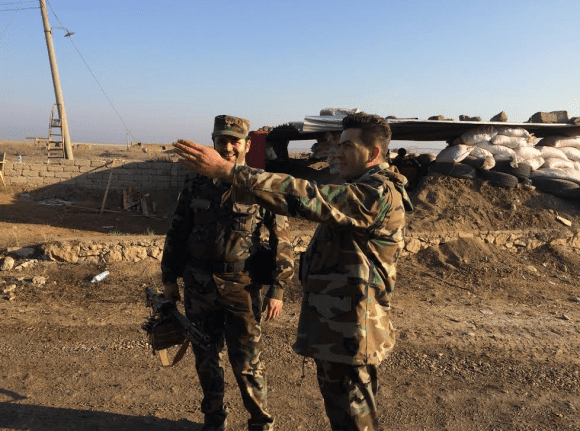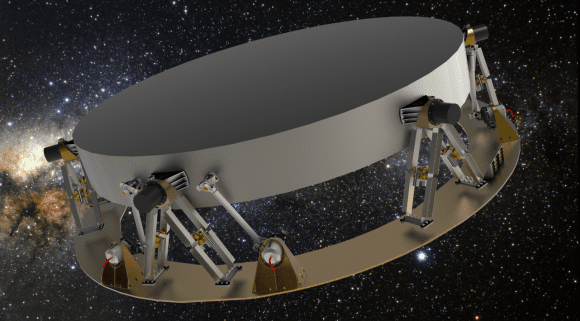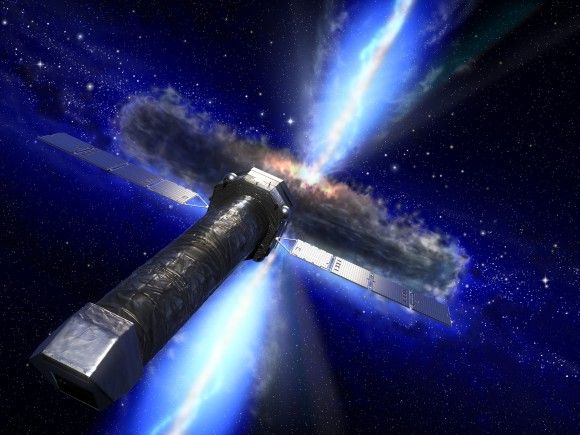Armed Forces
"Spearhead" is not enough. How can NATO stop Russia?
During the Newport Summit, leaders of the NATO member states have implemented Readiness Action Plan – it is a programme aim of which is to raise the combat readiness of the Allied Forces, especially within the context of annexation of Crimea and further Russian activity within the Ukrainian territory. Nevertheless this programme does not include establishment of permanent NATO presence in the Mid-Eastern Europe. That means other ways need to be found in order to create an effective collective defence system.
According to the content of the declaration accepted in Wales, Readiness Action Plan contains the steps which are to reassure the Allies that there is a will to execute the collective defence activities among the member states, as well as that NATO posture will be strategically and militarily tailored to execute the plan, which means that the collective defence capability will be available as a response to a wide spectrum of threats. On the other hand, no decision was made regarding deployment of significant military force within the Mid-Eastern Europe. That means that there is a greater emphasis placed on all the other activities within the collective defense system. These include exercises or enhancement of the decision making process.
Decisions made during the Wales Summit
1. The first part of the plan means that the NATO forces are to be practically constantly present in Europe within the current scope. US Army units in Poland or the Baltic states may be reinforced by the Allies. The reassurance activities also include intensification of the exercises or AWACS activity over the Mid-Eastern Europe.
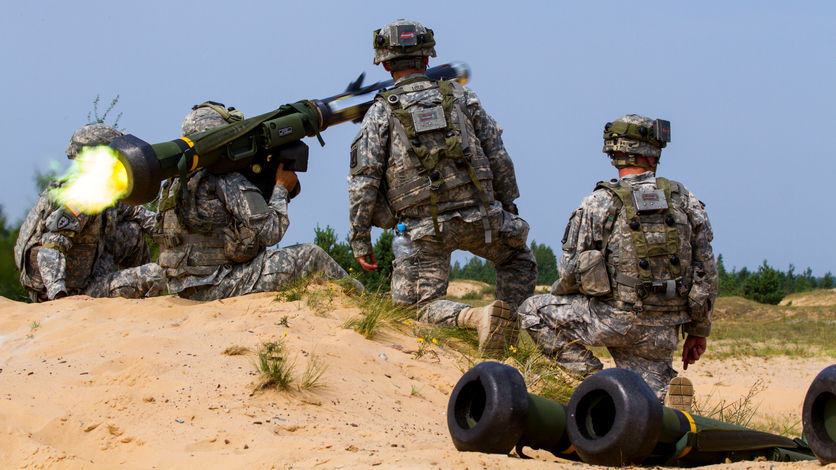
2. Additionally, within the framework of reinforcing the NATO Response Force, additional very high-readiness force (so called “spearhead”) will be created. The basic assumption is that this brigade-sized unit is placed under the jurisdiction of the Allied Forces commander in Europe. The unit is to be capable of quick deployment within 2 – 5 days from making the initial decision, with additional support from air, sea and special forces. The most probable scenario is that the “spearhead” will be a unit, which would be modelled after the US Global Response Force. GRF usually consists out of one of the Brigades from the 82nd Airborne Division reinforced by a Mechanized Infantry Battalion and additional units. The GRF has an ability to be deployed in any place in the world within 96 hours from the initial order. It should also be noted that the Response Force, as a whole unit, is to be bolstered, nevertheless, scope of that reinforcement is unknown yet.
3. “Framework nations” initiative has also been adopted in Wales. This initiative aims at reinforcing the NATO capabilities within the specific fields among the biggest member states. This initiative will create Joint Expeditionary Forces that would include the UK, Norway, Denmark, the Netherlands and Baltic states. Germany, as a framework nation, is to develop capabilities within the fields of logistics, protection from weapons of mass destruction, anti-missile defence, reconnaissance, command and delivering fire-power from air, sea and land, leading a group consisting of 10 countries, including Belgium, Croatia, Czech Republic, Denmark, Germany, Hungary, Luxembourg, Netherlands, Norway and Poland. The team of 6 countries, under the leadership of Italy will deal with peacekeeping and reconstruction.
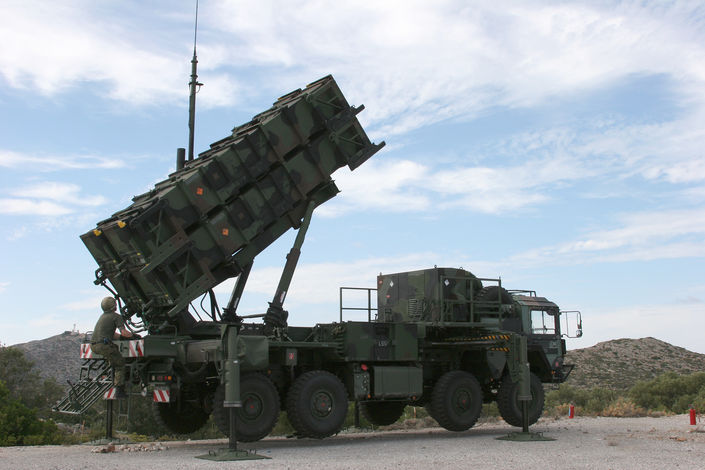
4. Leaders of the NATO member states have stated that they will reinforce the defence capabilities of the Alliance as a whole. This would include expansion of the exercise activities and infrastructure needed to conduct a multi-national defence operation.
Command structures are also going to be expanded, including the Multinational Corps Northeast Command in Szczecin. Taking into account the fact that rotational deployment in our region as well as the "spearhead" both have a limited degree of significance, it is the long-term activity which will determine the effectiveness of the collective defence system. Readiness Action Plan is confidential, but even in such case it is worth to consider what steps should be taken by the Alliance.
What should be considered within the scope of the Readiness Action Plan?
I. "Train like you fight"
Despite the requests for permanent deployment of the NATO forces in the Mid-Eastern Europe, this step has not yet been taken. This is mainly due to the NATO-Russia 1997 treaty, even despite the fact that the Russians have violated the provisions of this document. Angela Merkel stated though that NATO will do “anything that is possible” within the scope of the treaty in order to bolster the collective defence system. The document states that "in the current and foreseeable security environment, the Alliance will carry out its collective defence and other missions by ensuring the necessary interoperability, integration, and capability for reinforcement rather than by additional permanent stationing of substantial combat forces. Accordingly, it will have to rely on adequate infrastructure commensurate with the above tasks. In this context, reinforcement may take place, when necessary, in the event of defence against a threat of aggression and missions in support of peace consistent with the United Nations Charter and the OSCE governing principles, as well as for exercises consistent with the adapted CFE Treaty, the provisions of the Vienna Document 1994 and mutually agreed transparency measures."
The NATO – Russia Treaty clearly states that even in the so called current and foreseeable security environment, it is possible to arrange and organize any exercise involving significant forces within the territory of the "new" member states. Taking into account the present situation in Europe, such events are even desirable. Representatives of the British Parliament Defence Committee indicated that the exercises should also be attended by the significant politicians from all of the member states. The trained scenarios should reflect the realistic defence plans, hence they shall not be treated as a simple demonstration of force.
II. „Two Heavy Brigades” – if not permanent, then deployment shall be trained
Last year the NATO Response Force took part in Steadfast Jazz 2013 exercise in Poland. This exercise took place without participation of tanks or combat aircraft from Western Europe or the USA – this may pose a question about effectiveness of the collective defence initiative. After annexation of the Crimean Peninsula, commander of the Allied Forces in Europe, gen. Phillip Breedlove stated that we face a “new” situation within the field of European safety. Russia, throughout the last 12-14 years has not been considered to be a potential adversary. The contingency plans and scope of NATO exercise must both be tailored to the “new” reality.
It is thus needed to carry out, within the territories of the “new” member states, exercises, which would involve “significant” military force in order to check whether it is possible to support and reinforce the Allies in a situation of external threat. Radosław Sikorski, head of Polish MoD mentioned “two heavy brigades”, which may be considered to be a good starting point for what the exercises should look like. Periodical, but regular, exercises should be organized within the military firing ranges of Poland and Germany, involving significant "heavy" forces from the Western European countries (present also in Poland at least for a limited time). This is important – in the light of operations in Afghanistan and North Africa, the conventional military operations have seemingly been considered less important, . What is more, deployment of heavy forces is obviously more difficult than it is in case of airborne units. Taking into account possible scenarios, using heavy armament may be needed for the purpose of carrying out an effective defence operation.
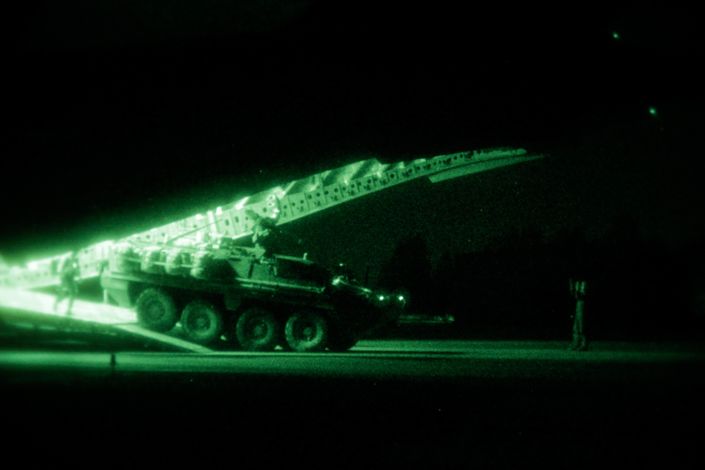
III. NATO contingency plans - are they like Eben Emael and Maginot Line?
Additional question that arises is of way different nature – do the proposed scenarios match the degree of danger? During the Steadfast Javelin exercise, deployment of troops from Germany to Latvia was trained. Nevertheless, the NATO planners must take into account the potential enemy countermeasures – e.g. the transport aircraft may be shot down by long range SAM systems, such as S-400. The German Minister of Defence, Ursula van der Leyen, stated that “NATO is strong” and “Russia knows that”. This situation - a deep belief in Alliance's own capabilities and possible underestimating of the potential opponent - somehow appears to be similar to the moods that were present in the Western Europe before the German invasion back in 1940, when Western leaders believed that the fortifications (including the Eben Emael fort and the Maginot Line) will protect them from any kind of threat. The Eben Emael fort in Belgium was captured in a dynamic operation by the German paratroopers with minimal losses, while the Maginot Line was outmaneuvered.
Considering the above it is worth to mention the assumptions that were a background for the JAWTEX 2014 exercise, which took place this year in Germany. It was attended by ca. 60 combat aircraft, including SEAD aircraft (approx. half of all combat aircraft were from Luftwaffe), French SAMP/T medium range SAMs and German Patriot systems, or even Electronic Warfare simulating aircraft.
Similar exercise that would include several modern medium range ground-to-air systems, which are the key element of NATO reinforcement (since Poland is going to acquire such equipment in the future within the scope of the Vistula programme, it has no equipment of that kind now) should be periodically organized in Poland, in coordination with related activities in Germany. This does not necessarily mean that there is a need to deploy a large force near Białystok, which is an option proposed by some of the Polish politicians. Such exercise would basically simulate a defence operation within the Polish territory, with a large scope of participation on the side of the Western-European countries, where certain activities involving e.g. cruise missile use exercises, could be conducted in Germany. The allies need to be prepared to support the Polish air defences – in other cases a collective defence operation, especially within the Baltic states, will have a limited chance of success. During the Wales Summit it was assumed that 10 NATO countries, under the leadership of Germany, treated as a “framework nation”, including Poland and the Netherlands, are going to deal with anti-missile defence. Now we can only hope that these assumptions will correspond with defence-related plans and exercises.
IV. NATO Response Force – reform is needed
Wales Summit also started a reform of the NATO Response Force (with the “spearhead” being one of the key elements), but no details have been announced to the public. In order to gain capability to act within a wide spectrum of potential dangers, also in case of high-intensity conflicts, beside a quick reaction brigade, the allied units need to be reinforced with heavy forces and anti-aircraft units. These units need to have an ability to deploy quickly in the Central-Eastern Europe.
It is of paramount relevance to establish and go through the decision-making chain, in order to prepare the forces for potential deployment in the event of detecting the first signals about potential threats. Now it is quite difficult, since putting NRF into use needs to be approved by the North Atlantic Council. This is dependent mainly on attitude of large European NATO members, such as Germany, France or Italy.
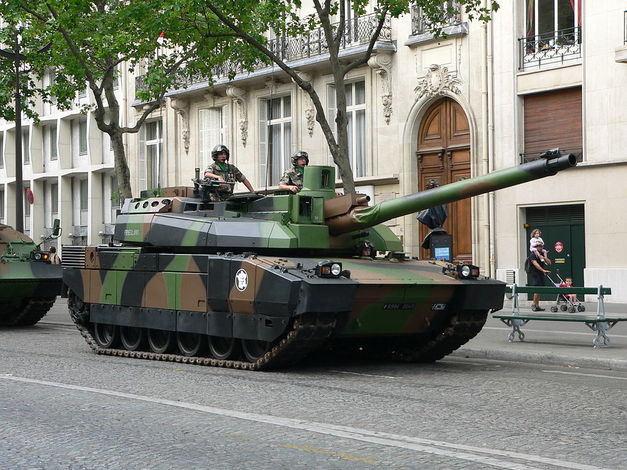
V. USA and UK – limited capabilities in Europe
Withdrawal of the heavy British and American forces from Germany is very dangerous in the current geopolitical context. In the period when the UK and US troops were permanently present in the Federal Republic of Germany an option of quick reinforcement of the region was possible to be executed. Now the, as British Army units are to be withdrawn from Germany, such action would be highly questionable.
The Americans have selected an armored brigade, which is stationed in the US, to be a part of the NATO Response Force. Deployment of a battalion from this force to Central and Eastern Europe, in one of the Department of Defense publicly available materials was considered as a “challenging” task. Despite the UK and USA defence budget cuts, deployment of 1 brigade of the British Army and one similar unit of the US Army to Germany would be desirable, in order to be able to provide help to the allies. German attitude here is still a matter of question. Henceforth the role the Germany plays here is of key importance.
VI. Key role of Germany
In a situation when USA’s military presence in Europe is limited, Germany becomes a key partner within the field of regional security in the Mid-Eastern Europe. Federal Republic of Germany has a large economic and military potential at its disposal, within all the armed services (Americans have mainly air force and light ground forces at their disposal in Europe). Maintaining of a proper level of Bundeswehr’s readiness is a must, especially in the light of the defence budget cuts in the UK and USA. It is also one of the biggest questions when it comes to the collective defence system.
It is known that Germany does not allocate 2% of their GDP to the defence activities. Additionally, information about poor condition of the German Air Force has leaked out just recently. German President, Joachim Gauck stated during his visit to Westerplatte that he proposes to tailor the defence capability to the current situation in Europe, especially in the light of the Russian activity in Ukraine. The Germans are also opponents of creating permanent NATO bases in the Mid-Eastern Europe. Such a situation makes it even more important to keep Bundeswehr in good shape, to be ready to provide help to the allies. Potential consent to deploy additonal NATO forces in Germany would also be neccesary if the German goverment treats its commitments to Allies seriously.
Several political movements in Germany are proponents of enhancing the international military cooperation with participation of Bundeswehr, which seems to be more acceptable for the German public opinion than independent actions of the Federal Republic of Germany The leader of the Bundestag’s defence commission, Hans-Peter Bartels considered even placing one of the German brigades under the jurisdiction of one of the Polish division. Such initiatives are worth considering – they will make it possible to, in a natural way, enhance presence of the Alliance in the region, especially if they are not onlyu related to the command structures (such as Multinational Corps Northeast). Germany has already become a “framework” nation within the group of the countries that deal with anti-missile defence (including Czech Republic, Hungary, Netherlands and Poland).
VII. Nuclear deterrence
In the light of the statements by the deputy leader of the Russian Duma, threatening Poland and the Baltic states with the nuclear weaponry, and the “Foreign Policy” article that describes possible scenario of using a nuclear weapons in case of NATO intervention, it is hard not to get down to the issue of Allied means of deterrence, including the tactical nuclear weapons. Realistic (in operational and political dimensions) schemes of decision making should be in place in order to react in an appropriate manner once the worst case scenario effects materialize. These issues though are placed far beyond the area of discussion within the public sphere.
What’s next?
In the light of the annexation of the Crimean Peninsula NATO needs to implement a set of realistic defence plans for the Mid-Eastern European Member States, which are to be proven not only through simulation but also via field exercises in the region. These exercises shall involve significant forces. The alliance also needs to work out operational schemes that are realistic both operationally as well as politically, also in case of the worst scenarios possible. Reversal, or at least partial reversal, of the budget cuts in the UK and USA is quite desirable. Here the public opinion, especially in the Western Europe may ask a question – is it worth it?
Is it worth to use a percentage fraction of the GDP in order to – within an area of free movement, free flow of goods and services and common currency (Latvia, Estonia and soon Lithuania) – prevent a conflict which may lead to destruction of the current status of Europe? Any confrontation with the NATO countries, even if limited to the Central-Eastern European region, will lead to significant losses, also in the dimension of economy, also for the Western Europe. Let us hope that the leaders and public opinion of the countries that entered NATO before 1999 will remember about that.

